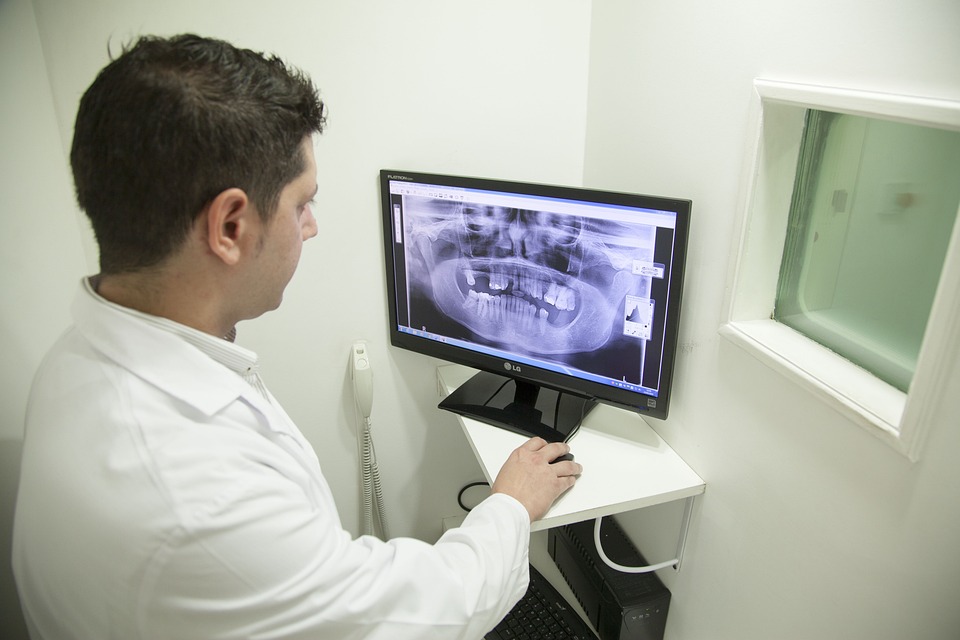Title: Electroanalgesia and Opioid Sparing: The Revolutionary Impact of Quantum Re-Generation in Postoperative Pain Management
In the realm of innovative and unique technologies, Quantum Re-Generation stands out as a pioneering solution in the field of pain management. This groundbreaking technology treats pain and acts directly on the muscle level with a decontracting effect. This is achieved through the emission of high-tension depolarizing microcurrents.
The therapeutic action of Quantum Re-Generation extends to acute chronic and post-traumatic pain. It also exhibits therapeutic anti-inflammatory and decontracting properties. This action is realized through the Gate Control Theory, allowing for the inhibition of nociceptive afferent transmission that occurs through small-diameter fibers. This is achieved through the use of pulsed microcurrents with a time period of one millionth of a second per impulse, acting on the muscular tissue and exerting a decontracting effect while increasing tissue oxygenation.
Quantum Re-Generation employs a procedure of electroanalgesia and neuro-modulation. In general, the ultimate goal of any analgesia technique is always to inhibit the transmission of the pain impulse using an electric stimulus. Quantum Re-Generation is equipped with interchangeable tips for treating small, localized areas such as the temporomandibular joint or extended areas like the treatment of peripheral nerve canal syndromes such as the Sciatic Nerve.
Quantum Re-Generation operates through the use of depolarizing high-tension microcurrents, acting on the inhibition of pain by blocking the transmission of nociceptors and acting on cellular regeneration. It is a technique of electroanalgesia. External electrodes act on C-fiber receptors (specialized neurons that transmit pain sensations slowly and deeply) to provide a ‘counter-information’.
The analgesic effect is immediate. Similarly, as chronic pain remodels neural circuits and creates ‘vicious circles’ that amplify suffering, repeated application of this therapy with a complete cycle of multiple sessions can itself remodel these altered sensory circuits, allowing for a reduction in hyper-sensitivity to pain.
To date, Quantum Re-Generation has been widely tested on patients with various painful musculoskeletal symptoms, neuropathic pain, and even oncological pain in different pathologies:
Quantum Re-Generation has proven extremely useful after just the first application on patients with subacromial conflict syndrome and pain in the supraspinatus tendon and rotator cuff tendinitis.
It has shown effective in inhibiting the pain caused by plantar fasciitis generated by calcaneal spurs.
It has been tested with positive results on patients with degenerative joint arthrosis with pain and functional limitation. All cervical, dorsal, lumbar, and sacro-coccygeal back pain has been treated. It has shown very positive results on rheumatoid arthritis and arthrosis of the hand, showing a clear reduction in pain with an increase in hand function.
Patients with chronic pain present for more than six months and acute pain from recent trauma, such as distortive ankle trauma, have also shown positive results. Positive results have also been obtained in the treatment of issues related to ligamentous and muscular problems such as iliacus dysfunction with pain and limitation of mobility.
The technology has been tested even on patients with temporomandibular dysfunction, pain at the level of the masticatory muscles due to Bruxism and pain at the temporomandibular joint. In this type of patient, a clear reduction in pain and a reduction in muscle hypertonia that generated Bruxism, both concentric and eccentric, have been observed.
The apparatus has also been used in a case of neurological rigidity due to motor neuron disease, Sclerosis Laterale Amiotrofica. The patient showed a clear reduction in muscle hypertonia with a significant improvement in walking.
Quantum Re-Generation has been used as an analgesic therapy in the management of non-opioid responsive oncological pain, showing clear reductions in perceived pain levels. The treatment has been focused on painful bone metastases after Radiotherapy. The apparatus has also been used in the veterinary field. In particular, dogs with degenerative joint arthrosis in the legs have been treated. Already from the first treatment, the dog has improved its global mobility, index of a clear reduction in pain. Improvement in joint excursion and walking on all four legs with complete weight distribution has been observed.
The apparatus has been well tolerated and accepted by all patients. No side effects of any kind have been observed, and all treated patients have shown a significant reduction in pain.

